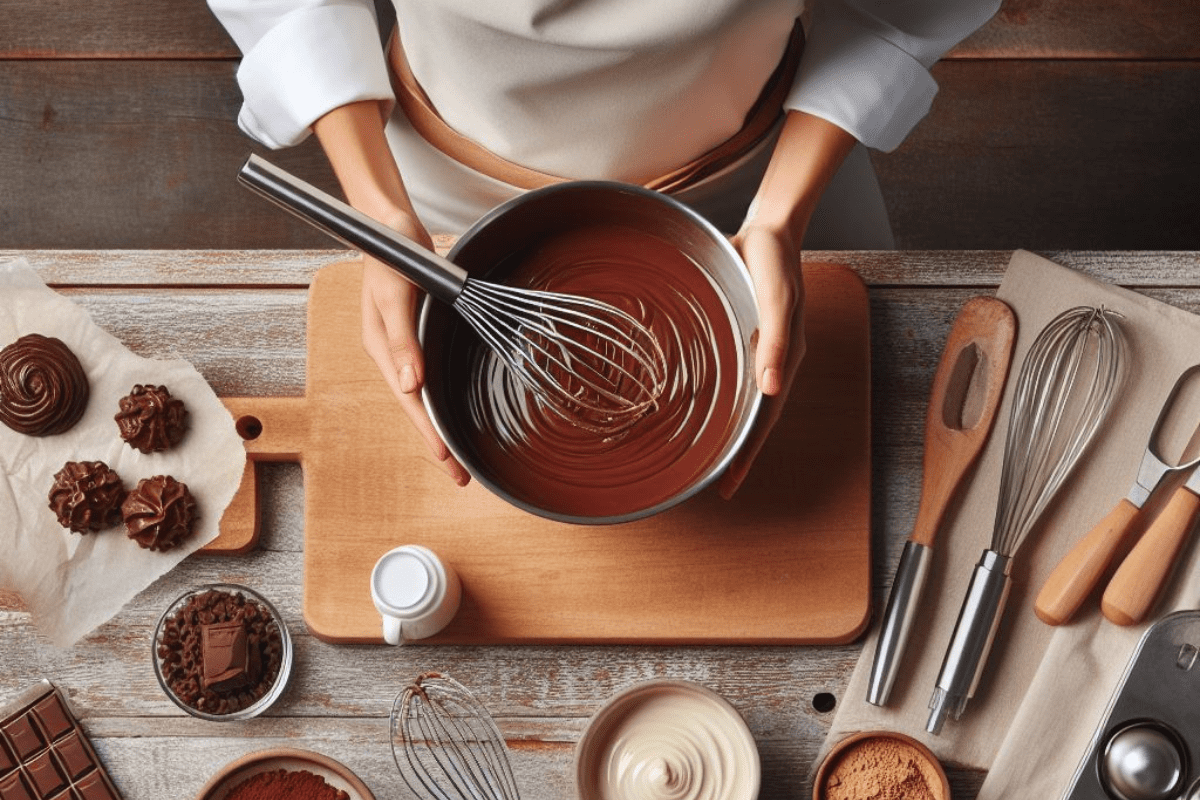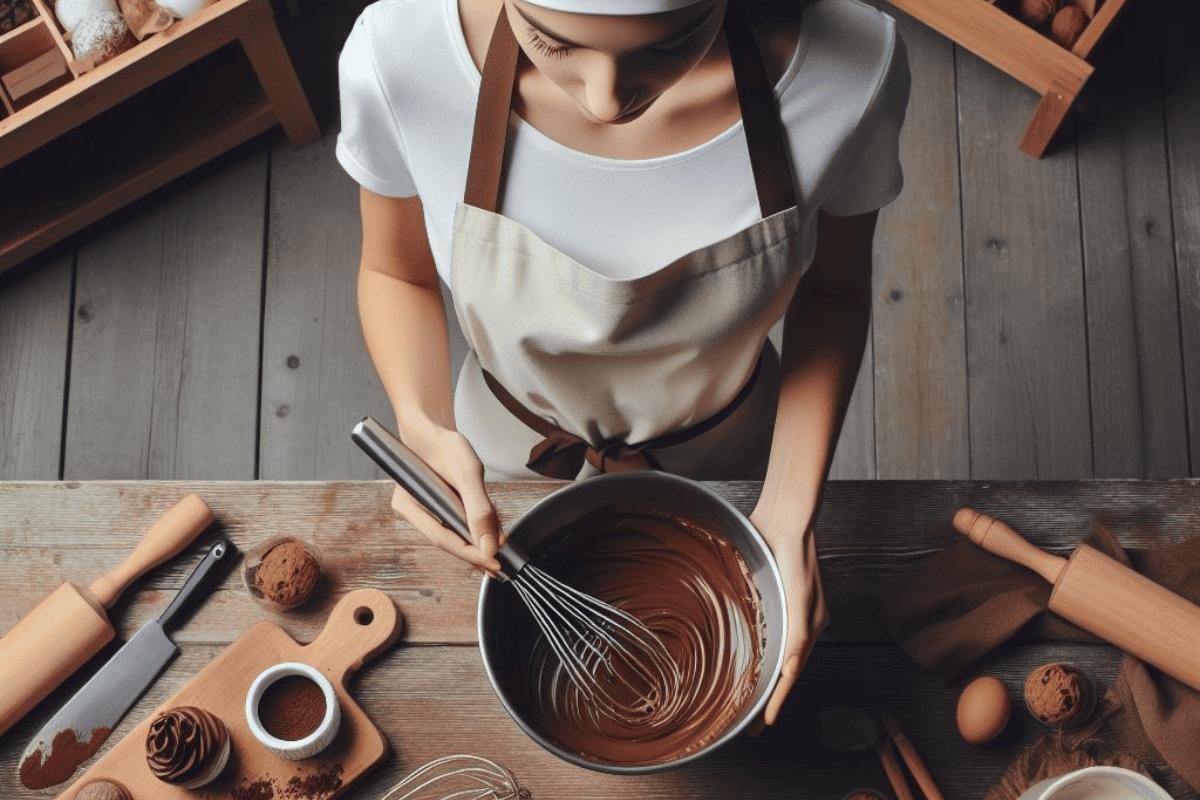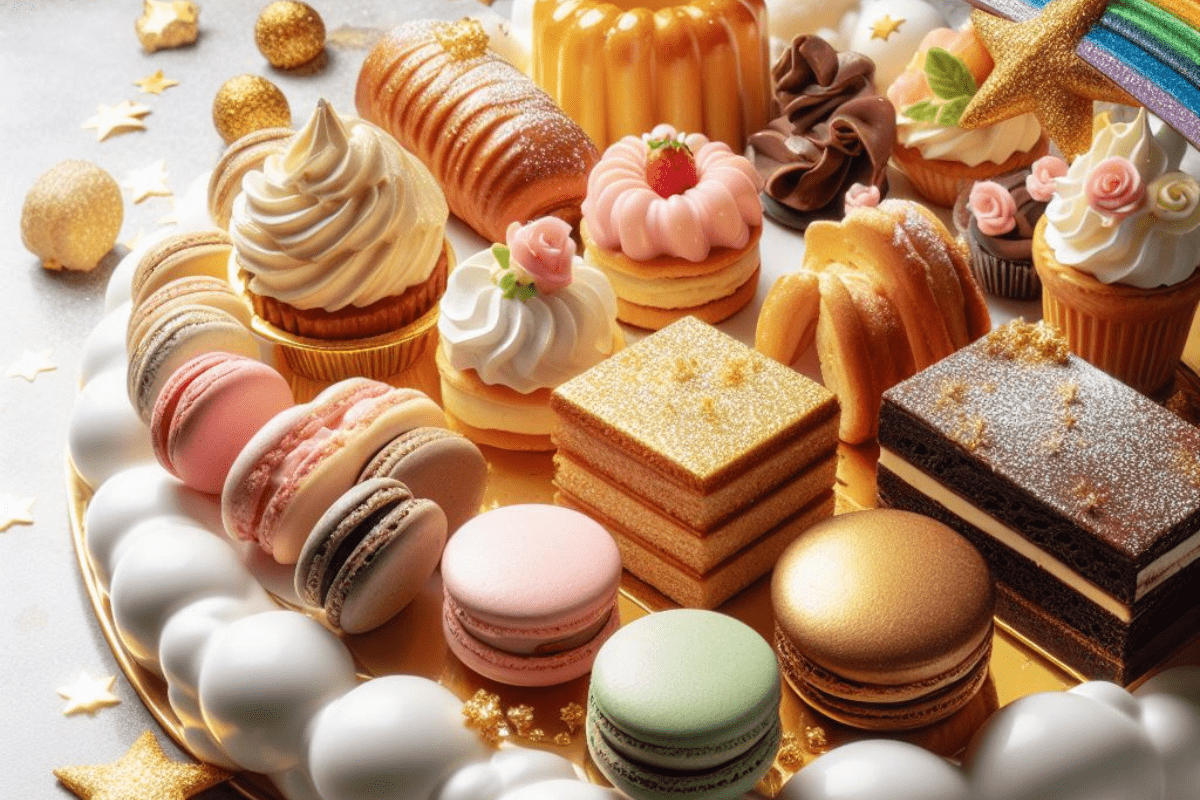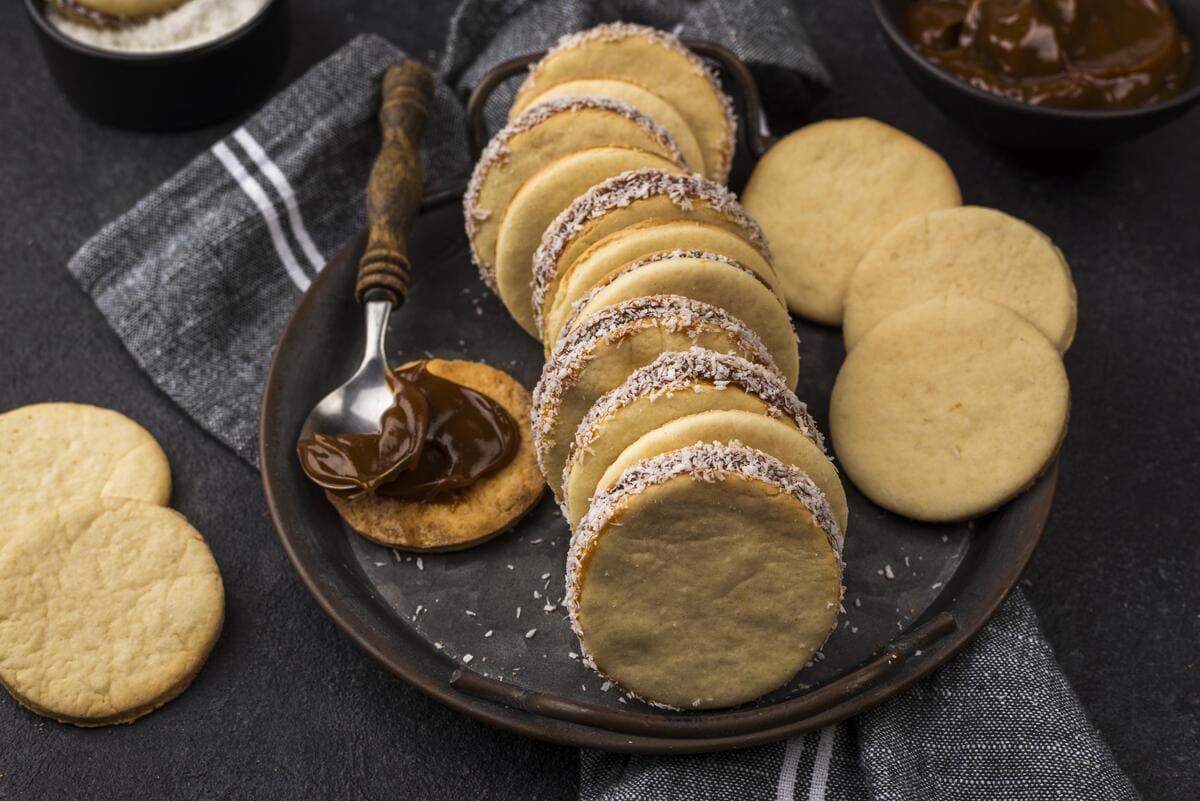Confectionery is the art and science of making sweets and candies. It is a form of culinary magic that can transform simple ingredients, such as sugar, water, milk, butter, and chocolate, into delicious and beautiful creations. Confectionery can range from simple and easy to complex and challenging, from classic and traditional to modern and innovative. In this article, we will show you how to craft confectionery magic in your kitchen, with some tips and recipes from the experts. Whether you are a beginner or a seasoned cook, you will learn how to make decadent delights that will impress your friends and family and satisfy your sweet tooth.
What is Confectionery Magic?
Confectionery magic is not just ordinary confectionery, but rather extraordinary confectionery that combines taste, texture, appearance, and aroma. Confectionery magic is:
- Made with high-quality ingredients, such as sugar, water, milk, butter, chocolate, cream, nuts, fruits, and spices. These ingredients provide the flavor, richness, and nutrition of the confectionery.
- Prepared with care and skill, using the right techniques, tools, and equipment. These include boiling, melting, stirring, kneading, rolling, cutting, shaping, dipping, and coating. These techniques ensure the consistency, texture, and presentation of the confectionery.
- Enjoyed with appreciation and moderation, using the right utensils, plates, and glasses. These include spoons, forks, knives, napkins, candy boxes, jars, and bowls. These utensils enhance the appearance and portion control of the confectionery.

How to Make Confectionery Magic
Making confectionery magic is not difficult, but it requires some planning and creativity. Here are the basic steps to follow:
- Choose a confectionery recipe that suits your occasion, preference, and skill level. You can use a cookbook, a magazine, a website, or a blog as a source of inspiration. You can also adapt or modify an existing recipe to suit your taste and needs. Some of the most popular confectionery categories are:
- Hard candies: A hard and brittle confectionery that is made with sugar, water, and flavoring. Some of the most common types of hard candies are lollipops, rock candy, candy canes, and peppermints.
- Soft candies: A soft and chewy confectionery that is made with sugar, water, and other ingredients, such as milk, butter, cream, or gelatin. Some of the most common types of soft candies are caramels, toffees, fudges, marshmallows, and gummies.
- Chocolate candies: A smooth and creamy confectionery that is made with chocolate, which is a mixture of cocoa solids, cocoa butter, and sugar. Some of the most common types of chocolate candies are chocolate bars, truffles, pralines, and bonbons.
- Nut candies: A crunchy and nutty confectionery that is made with nuts, such as almonds, peanuts, pistachios, or cashews, and other ingredients, such as sugar, honey, or chocolate. Some of the most common types of nut candies are brittle, nougat, halva, and marzipan.
- Fruit candies: A fruity and tangy confectionery that is made with fruits, such as oranges, lemons, strawberries, or cherries, and other ingredients, such as sugar, pectin, or gelatin. Some of the most common types of fruit candies are candied fruits, fruit leather, jelly beans, and fruit drops.
- Gather the ingredients and equipment that you need for your confectionery recipe. Make sure that you have enough of each ingredient, and that they are fresh and of good quality. Check the expiration dates, and store them properly. Make sure that you have the right equipment, such as measuring cups, spoons, bowls, pans, pots, thermometers, molds, cutters, and wrappers. Check that they are clean and in good condition, and that they fit your recipe’s specifications.
- Follow the instructions of your confectionery recipe carefully and precisely. Read the recipe thoroughly before you start, and make sure that you understand each step. Prepare the ingredients, such as chopping, melting, or dissolving them, as needed. Cook the ingredients, such as boiling, stirring, or kneading them, as directed. Check the temperature of the ingredients, using a candy thermometer, and follow the stages of sugar cooking, such as thread, soft ball, hard ball, soft crack, and hard crack. Pour, spread, or spoon the mixture into the molds, cutters, or wrappers, and let it cool and set. Store the confectionery in a cool and dry place, or in the refrigerator, as instructed.
- Decorate and serve your confectionery magic with style and flair. You can use various ingredients and tools to enhance the appearance and flavor of your confectionery, such as sprinkles, nuts, fruits, chocolate, or caramel. You can also use piping bags, tips, spatulas, knives, or cutters to create different shapes, patterns, and designs. You can also use boxes, jars, bowls, or bags to display your confectionery, and add some ribbons, tags, or stickers to label it. You can also add some candles, flowers, or cards to celebrate a special occasion.
The History of Confectionery Magic
Confectionery has a long and fascinating history that spans across different cultures, regions, and times. Here are some of the highlights of the history of confectionery magic:
- The origin of confectionery is still a matter of debate, but some of the earliest evidence of sweet dishes can be traced back to ancient civilizations, such as Egypt, Mesopotamia, India, and China. These civilizations used honey, fruits, nuts, and spices to make various kinds of candies, pastes, and preserves. They also used milk, cheese, and butter to make creamy and cheesy confectionery.
- The word confectionery comes from the Latin word confectio, which means “a preparation or a making”. The word confectionery was first used in the 14th century, and referred to any kind of sweet or medicinal preparation that was made with sugar or honey. The word confectionery also gave rise to other words, such as confectioner, confection, and confetti, which are different types of makers, products, and decorations of confectionery.
- The invention of sugar in the Middle Ages transformed the production and consumption of confectionery. Sugar, which originated from India and was brought to Europe by the Arabs, was initially a rare and expensive commodity that was reserved for the wealthy and the elite. However, the discovery of the New World and the cultivation of sugar cane in the Americas made sugar more available and affordable to the masses. Sugar also made confectionery more sweet, colorful, and varied, as it allowed for the creation of different kinds of syrups, candies, jams, and preserves.
- The introduction of chocolate to Europe in the 16th century changed the way confectionery was eaten and enjoyed. Chocolate, which originated from Mexico and was brought to Europe by the Spanish, was initially consumed as a bitter and spicy drink that was mixed with water, milk, or wine. However, the Europeans soon discovered the culinary potential of chocolate, and started to use it as a base for confectionery, such as chocolate bars, truffles, pralines, and bonbons. Chocolate also became a symbol of romance, luxury, and indulgence, and influenced the development of other cuisines, such as French, Swiss, and Belgian.
- The popularity of confectionery reached new heights in the 19th and 20th centuries, thanks to the industrial revolution and the mass media. The industrial revolution improved the technology and transportation of food production and distribution, making confectionery more accessible and diverse. The mass media, such as cookbooks, magazines, newspapers, radio, television, and the internet, spread the knowledge and awareness of confectionery, and inspired new trends and innovations.
Two Sides for Confectionery Magic
Confectionery is a satisfying and complete treat on its own, but it can also be paired with other dishes to create a more balanced and varied menu. Here are two sides that go well with confectionery magic:
- Tea: A hot and soothing drink that can be made with various leaves, flowers, fruits, and spices. Tea can enhance the flavor and contrast the sweetness of confectionery, and provide a calming and relaxing effect. You can use any kind of tea, such as black, green, white, or herbal, and add other ingredients, such as milk, honey, sugar, or lemon, for more flavor and texture.
- Cheese: A cold and savory food that can be made with various types of milk, such as cow, goat, or sheep, and other ingredients, such as salt, rennet, and bacteria. Cheese can complement the flavor and balance the richness of confectionery, and provide a protein and calcium boost. You can use any kind of cheese, such as cheddar, brie, gouda, or blue, and add other ingredients, such as crackers, bread, or grapes, for more flavor and texture.
Conclusion
Confectionery is a delicious and versatile treat that can be enjoyed in many different ways. By following some simple tips and recipes, you can craft confectionery magic in your kitchen, and make decadent delights that will impress your guests and



